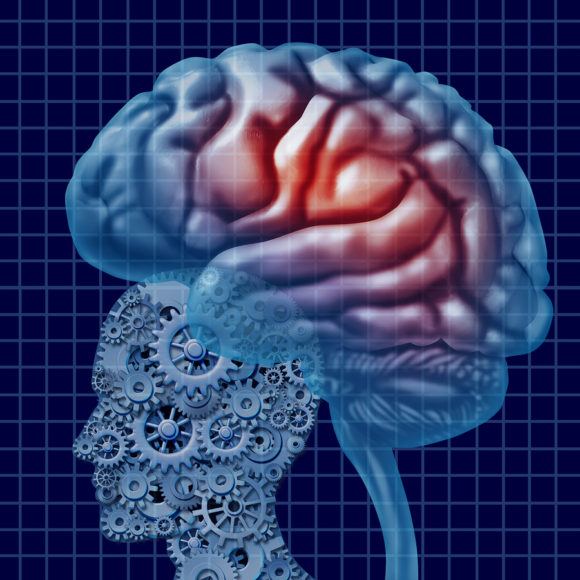The value of the products consumers encounter influences how much they’ll subsequently pay for other items, according to new neuroscience research pointing to a previously undetected factor that affects consumer behavior.
The study, which appeared in the journal Proceedings of the National Academy of Sciences (PNAS), shows that when humans come across low-valued items, they are willing to pay more for products they later face; by contrast, when they see high-valued items, they’ll pay less for products they view in the future.
“How people value an item is not a simple function of that item alone,” according to Kenway Louie, a research assistant professor at New York University’s Center for Neural Science and one of the authors of the paper. “The valuation process is inherently relative, with people valuing the same exact item more or less depending on the environment they recently inhabited. Our study shows that rewards cannot be evaluated in isolation, but instead must be viewed through the lens of the recent past.”
It’s been long established that human brains process information by relying on comparisons rather than on absolute judgments. This dynamic is fundamental in sensory processing, where one’s perception of sensory stimuli in the world depends on the context in which those stimuli appear. For example, a gray square will appear darker to someone coming in from bright sunlight than to someone who’s been in a dark room.
Less clear is how sensory processing can influence decision-making—or, specifically, evaluations humans make.
In the PNAS work, the researchers, who also included NYU’s Paul Glimcher, a professor of neuroscience, and Mel Khaw, an NYU doctoral student at the time of the study and now a post-doctoral researcher at Columbia University, studied how different environments could affect how people valued food items.
To do so, a set of experimental subjects viewed 30 different food items on a computer screen and reported how much they would pay for those items. The researchers then calculated these responses to establish a ranking of all the items—from lowest to highest price, based on the subjects’ answers.
Following this, the study’s subjects underwent a series of trials in which they viewed only the 10 lowest-valued items—a “low-value” condition labeled “the adapt block.”
The researchers then repeated the first part of the experiment, once again asking the subjects how much they would pay for each of the 30 items. Here, the study sought to determine if viewing the lowest-valued items would cause the subjects to say they’d pay more for these 30 items than they originally indicated. As predicted, after viewing the lower-priced items, the subjects did indeed say they’d pay more for these 30 items than first stated.
Next, the researchers repeated the adapt block—but, this time, subjects were shown the 10 highest-value items (a high-value, or rich, environment). Conversely, and as hypothesized, after seeing the higher-priced items, the subjects said they’d pay less for all 30 items than previously indicated.
“Collectively, these findings provide the first evidence that adaptation extends to the economic value we place on products,” explains Louie. “Moreover, they suggest that adaptation is a universal feature of cognitive information processing.”
The research was supported by a grant from the National Institute of Mental Health (R01MH104251), part of the National Institutes of Health.
Source: Normalized value coding explains dynamic adaptation in the human valuation process
Related:
Was this article valuable?
Here are more articles you may enjoy.



 Court Orders Justice Family Coal Companies to Pay $1M to Liberty Mutual Unit
Court Orders Justice Family Coal Companies to Pay $1M to Liberty Mutual Unit  Expense Ratio Analysis: AI, Remote Work Drive Better P/C Insurer Results
Expense Ratio Analysis: AI, Remote Work Drive Better P/C Insurer Results  New York Governor Hochul Vows to Tackle Insurance Affordability, Litigation and Fraud
New York Governor Hochul Vows to Tackle Insurance Affordability, Litigation and Fraud  Consumer Acceptance of Telematics Widens, Says Survey
Consumer Acceptance of Telematics Widens, Says Survey 

